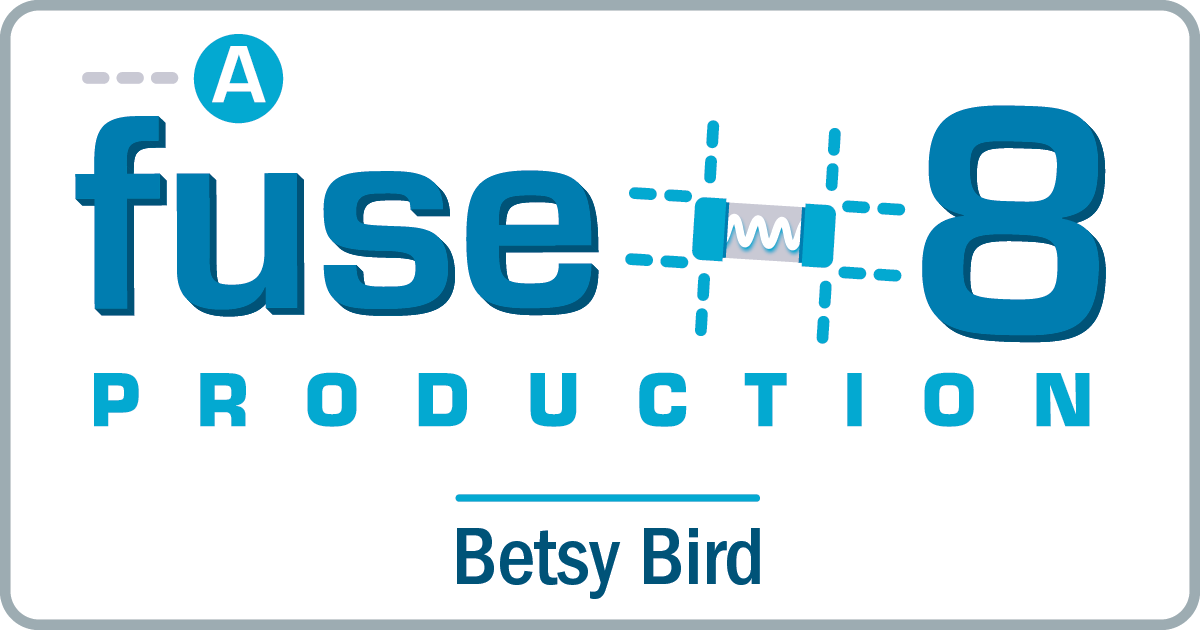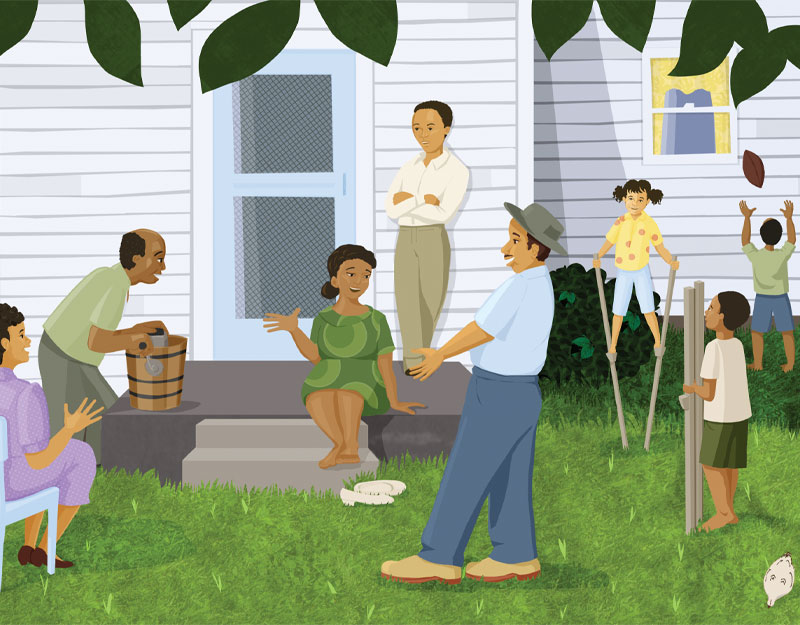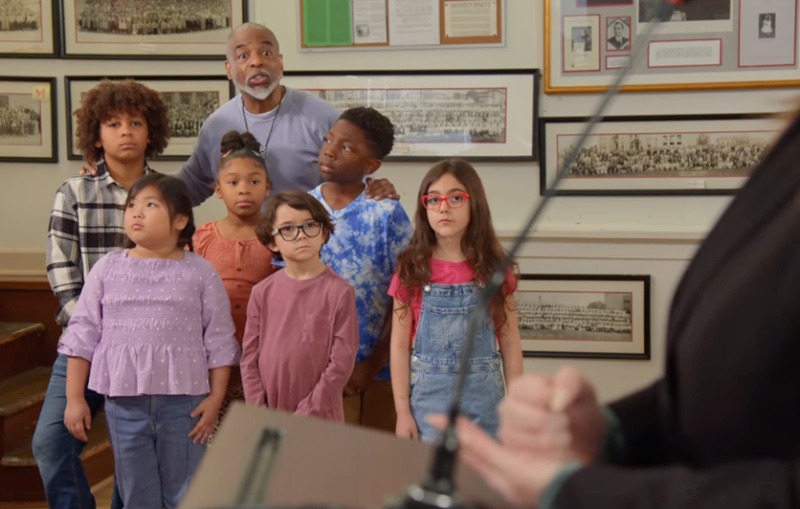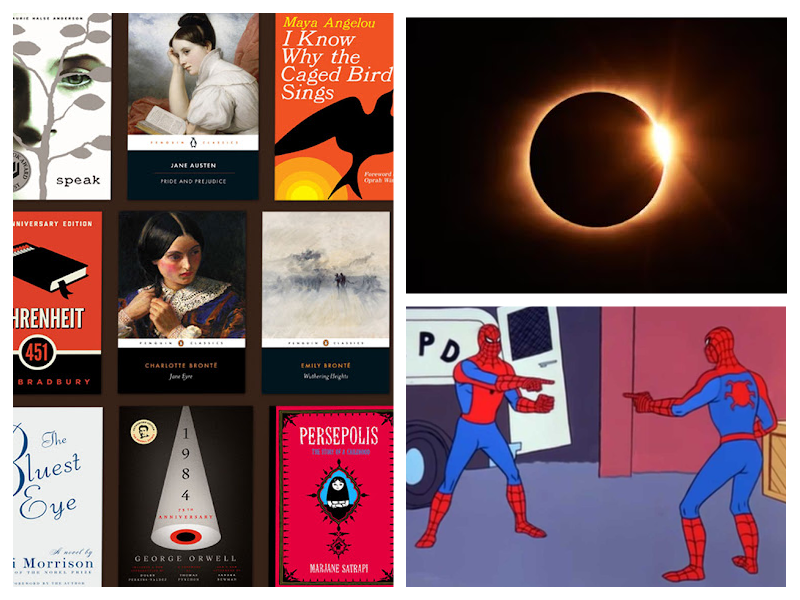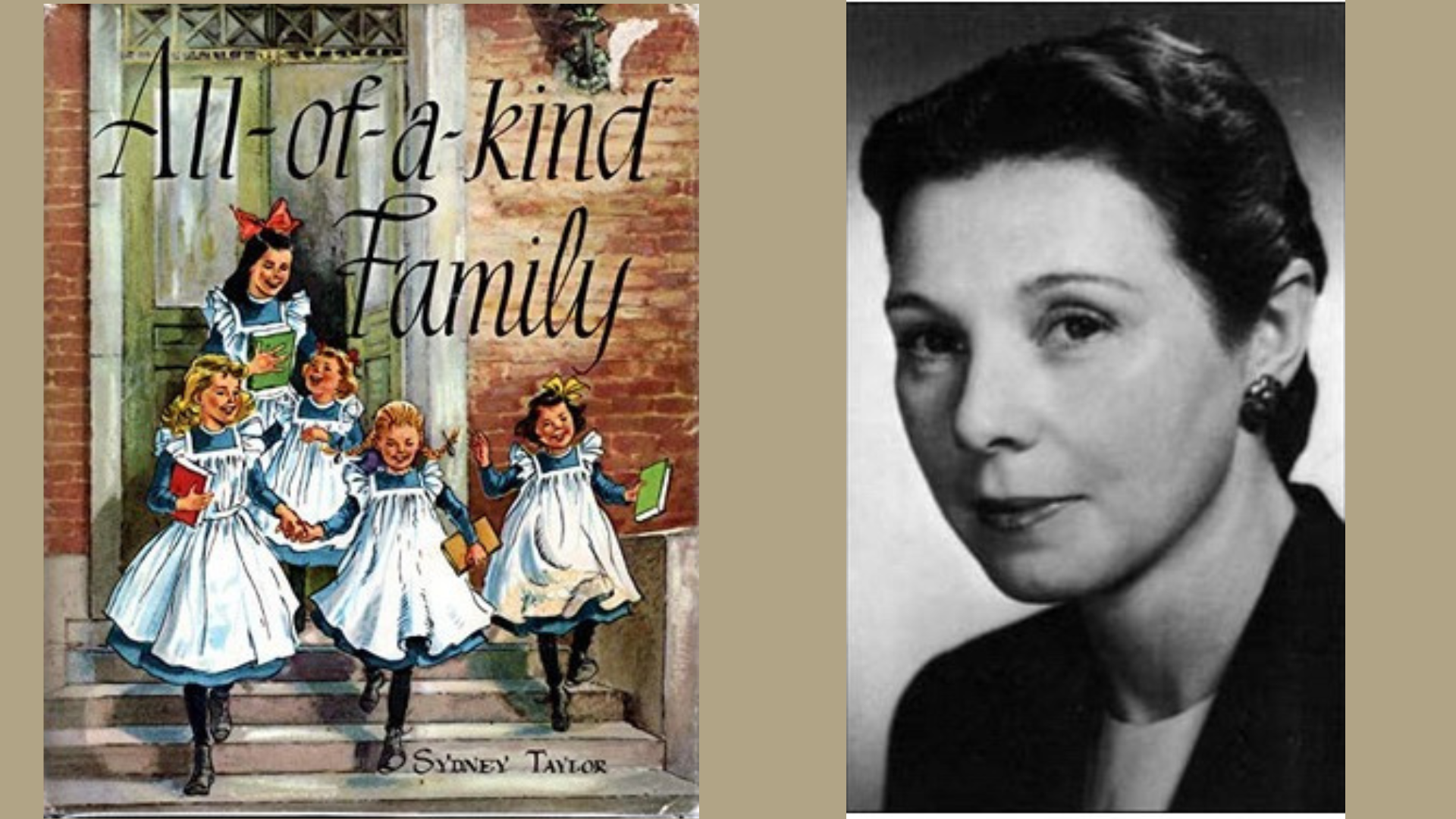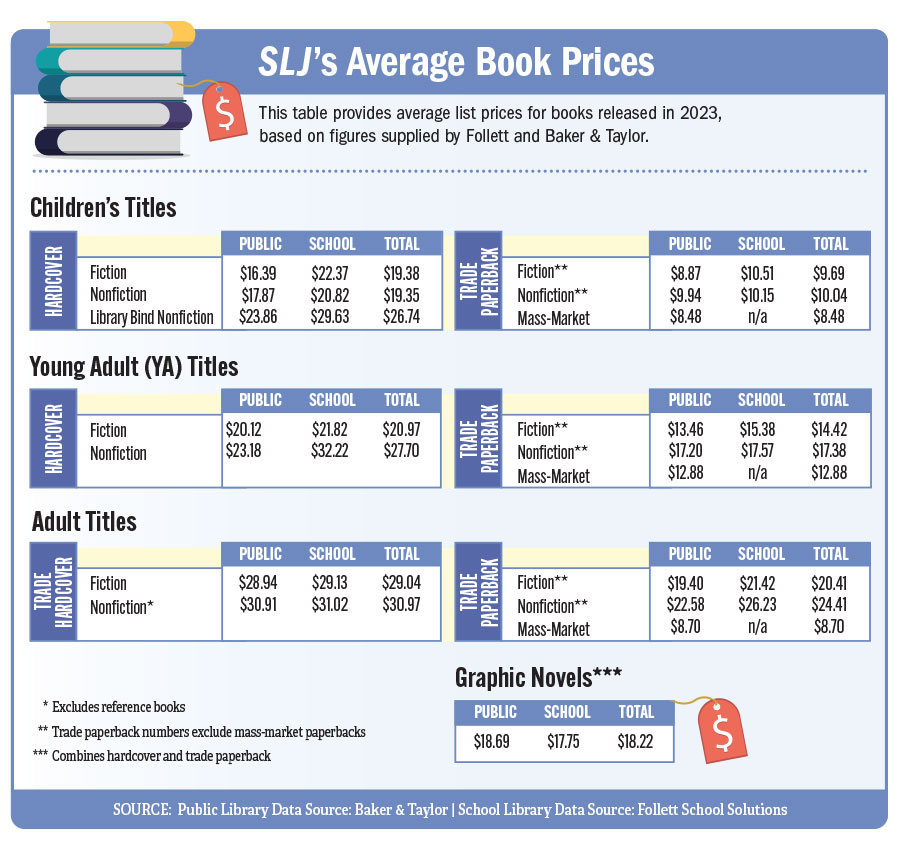Once There Was … an Interview with Kiyash Monsef!
Heaven help you if you want to make a fantasy novel for kids these days. I’m not saying it’s a bad time to get published. I’m saying it’s almost too good a time! Can you imagine trying to come up with an original idea in this era? Seems I can’t turn around these days without a new fantasy novel cropping up here and there, and they all just sort of . . . blend after a while.
You know a book that doesn’t blend? A book by debut author Kiyash Monsef. He’s got a fantasy novel out as of right now called Once There Was, which right off the bat shows you that it isn’t another book with a Harry Potter-esque title. Instead it’s (as Kirkus said), “populated by expressive, surreal beings, each of which has its own backstory.” It’s different, got a killer cover, and here’s the plot:
ADVERTISEMENT
ADVERTISEMENT
“Once was, once wasn’t.
So began the stories Marjan’s father told her as a little girl—fables like the story of the girl who sprung a unicorn from a hunter’s snare, or the nomad boy who rescued a baby shirdal. Tales of extraordinary beasts that filled her with curiosity and wonder.
But Marjan’s not a little girl anymore. In the wake of her father’s sudden death, she is trying to hold it all together: her schoolwork, friendships, and keeping her dad’s shoestring veterinary practice from going under. Then, one day, she receives a visitor who reveals something stunning: Marjan’s father was no ordinary veterinarian. The creatures out of the stories he told her were real—and he traveled the world to care for them. And now that he’s gone, she must take his place.
Marjan steps into a secret world hidden in plain sight, where mythical creatures are bought and sold, treasured and trapped. She finds friends she never knew she needed—a charming British boy who grew up with a griffon, a runaway witch seeking magic and home—while trying to hide her double life from her old friends and classmates.
The deeper Marjan gets into treating these animals, the closer she comes to finding who killed her father—and to a shocking truth that will reawaken her sense of wonder and put humans and beasts in the gravest of danger.”
Nice trailer too:
So yeah. I’ll bite. What’s up with all of this? Kiyash was willing to explain:
Betsy Bird: Kiyash! Thank you so much for joining me today! And congrats on your debut fantasy novel for kids! I don’t think I’ve ever seen a publisher describe someone’s book as Philip Pullman, Neil Gaiman, All Creatures Great and Small AND Fantastic Beasts and Where to Find them all rolled up into one before. Can you give me a rundown on where this book came from?

Kiyash Monsef: Thank you!! It’s very exciting to be talking about this book after all the time it’s been living in my head. I would say there were a couple of different seeds that kind of sprouted together to make this story come to life. The first one was the initial idea of a veterinary clinic for mythical creatures, which came to me all of a sudden one day. I have always been fascinated with monsters and mythical creatures, particularly the ones that have endured in the collective imagination for a long time. And so this idea felt like a delightfully fun way to explore that fascination.
The other sprout took a lot longer to germinate — the idea of also using this story to explore my cultural heritage. For a long time, I had a lot of discomfort with the thought of trying to depict an Iranian-American experience. But once I embraced the idea, this whole rich storytelling tradition opened itself up. My grandmother used to tell me stories when I was young, and I found myself channeling her voice into the stories that appear throughout the book.
BB: You’ve a background in producing and directing, as well as writing. Surely some of your love of visual storytelling and cinema has come to influence this book. When you write, do you see it all play out as it would in a film or video game, or do you have a different sense of the action on the page?
KM: There is absolutely a strong visual component to my approach, and I think this story had to feel visual and cinematic. There were a few “tableau” moments that I had in my head, and I definitely wrote towards and around those moments. Also, I was aware that the “marquee” creatures in the story are all pretty recognizable and familiar beasts. So it was really important to me that the creatures Marjan meets feel new in some way, and at the same time, believable and tangible. So I crafted their scenes and their depictions specifically to play with a reader’s expectations of what they should be, whether it was by leaning extra-hard into the traditional and iconic portrayals, or by subverting those portrayals in different ways.
BB: Just to dive a little more into your writing process, was Marjan’s story crystal clear from day one or did you have to revise and revise and revise to figure out her story? Are you an outliner or a pantser (writing by the seat of your pants)?
KM: I am a pantser. It is not healthy, but it is my reality. I try to work with outlines, but too often, characters will surprise me in the moment. This has actually led to some fun plot twists — I always think that if I can surprise myself with a twist, then it will also work for a reader. I think sometimes I tend to overload characters with detail and backstory, only to find out later that in fact I was setting up a plot device that I didn’t even see coming. Again, this is not healthy. But it can be incredibly exciting and rewarding at times.
BB: I feel ya, buddy. Now, it seems to me that if a person is writing a book about a veterinary clinic for imaginary animals, it’s going to be hard to keep from just writing and writing and writing. Surely you had to cut stuff from the book. What had to fall to the cutting room floor, in spite of how much you loved it?
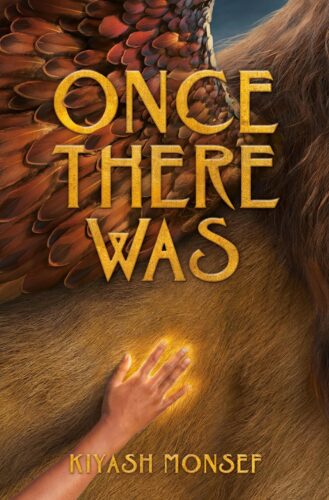
KM: This book began as a series of loosely-connected episodic short stories, all very much self-contained. Think Sherlock Holmes, but for sick griffons. I think if you squint hard, you can still kind of see hints of that structure. But there were a number of fun creatures and scenes that didn’t make the final cut this time around. Rather than tell you what they were, though, I’ll just say that this world is bigger than this story, and that those creatures might still be waiting in the wings for their chance to shine.
BB: You take care to integrate your own Iranian heritage into the storytelling. How did you personally come to know these myths and legends in your own life? How easy was it to adapt elements of them to this book?
KM: One thing I found absolutely fascinating as I was researching this book, is that many of the really iconic creatures, the ones that have just persisted in the collective imagination for thousands of years, can trace their origins to or through ancient Persia. And that was something I really wanted to highlight in this book. When I was growing up and learning ancient history, the Persians were always the ones getting defeated by the Greeks. But the reality is much more complex, and there was a lot of cultural exchange that happened between Persia and Greece. And Persia also got influences from every civilization along the Silk Road. And so there was this amazingly rich culture there that I think is often overlooked in the dominant narratives of high-level ancient history.
So I wanted to call out some of the enduring motifs that Persian culture has given the world — things like griffons and manticores that trace their origins pretty definitively to Persian and Iranic iconography. And I wanted to reclaim those motifs, not selfishly, because they belong to everyone now, but because I think it’s important to acknowledge that this was a flourishing culture with a rich and vibrant imagination, and that we still benefit from its gifts today.
I also wanted to celebrate a particular tradition of Persian storytelling — the invocation of a fairy tale. In Farsi, we say “yeki bood, yeki nabood” which means “Once was, once wasn’t.” That’s how my grandmother used to begin her stories, and that phrase in particular had a special kind of power over me. It would always leave me a bit disoriented. It kind of wipes the slate of your mind clean, and opens up a whole new world, or at least that’s how it’s always hit me. So I wanted the stories in this book to have that feeling, too.
I must admit, though, that the stories in this book are not in fact old stories. They are all my creations. I love old fairy tales and fables — the stranger and more morally opaque, the better — and I tried hard to give them the feel of old fairy tales.
ADVERTISEMENT
ADVERTISEMENT
BB: So I’m just tooling about the internet and I happen to run across The Hollywood Reporter announcing in big bold letters that “Hollywood has also taken notice of the book, with Imagine Entertainment picking up the screen rights.” What was that phone call like?
KM: Very exciting! Imagine has been an amazing partner on this journey, and they’ve had faith in this story for a long time. I can’t really speak to the particulars of anything they might be working on, but in general, they have a cinematic vision for this story that feels fresh and thrilling and everything I would want it to be. So I couldn’t be more excited to be working with them.
BB: Finally, what else are you working on these days?
KM: I’m working on a follow-up to Once There Was. I hesitate to call it a sequel, because as a reader, I personally have a hard time sticking with series. So instead, I’m trying to tell a new story with some familiar characters, but a story that stands on its own and doesn’t necessarily require you to have read Once There Was to understand and enjoy it.
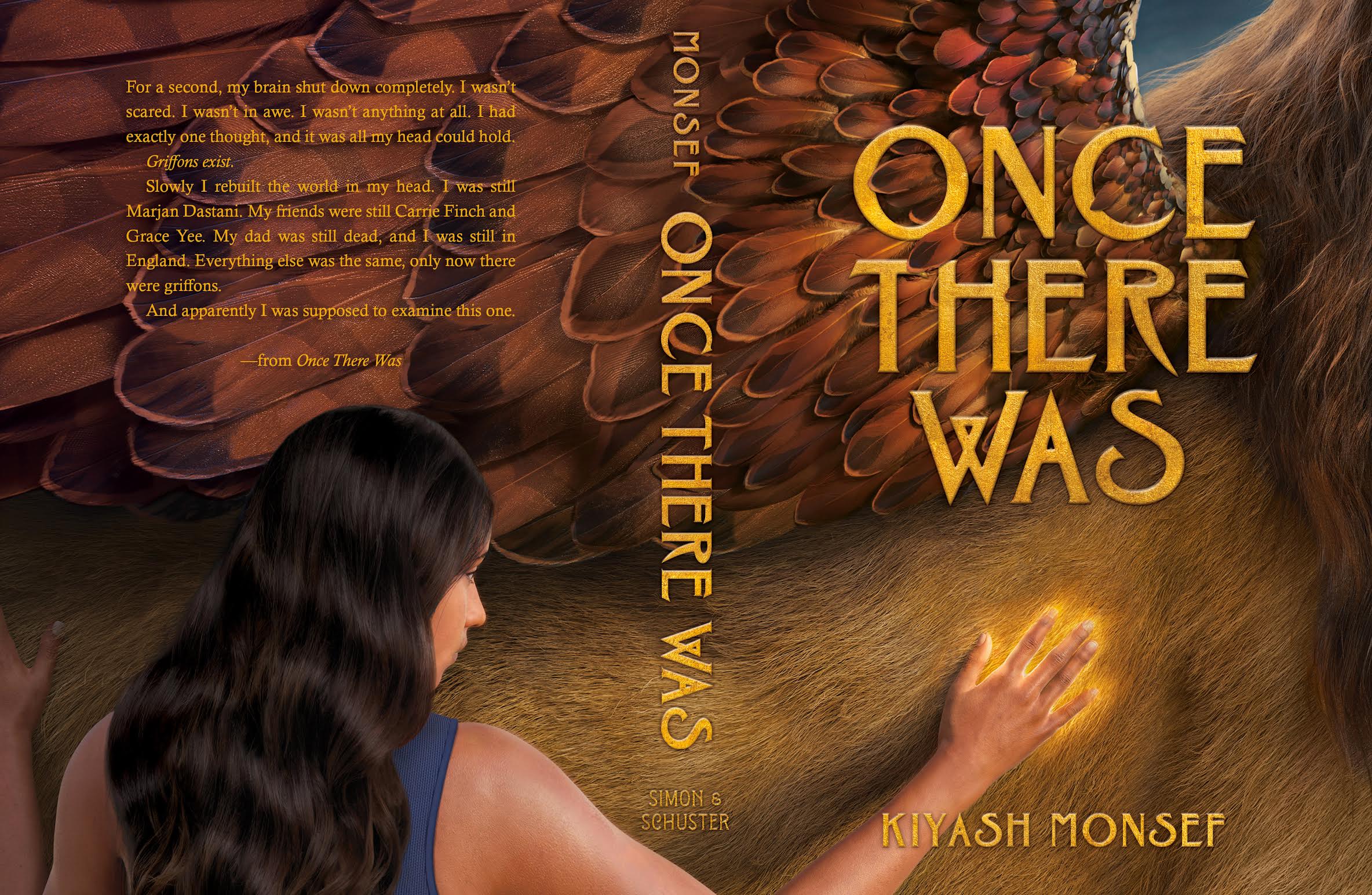
I’d like to proffer big time thanks to Kiyash for taking the time to answer my questions today (and I’m taking the phrase “Think Sherlock Holmes, but for sick griffons” and putting it in my back pocket). Thanks too to Nicole Valdez and the folks at Simon & Schuster for arranging this.
Once There Was is on bookstore and library shelves everywhere as of right now. Check out the first chapter here, if you like, and happy reading!
Filed under: Interviews
About Betsy Bird
Betsy Bird is currently the Collection Development Manager of the Evanston Public Library system and a former Materials Specialist for New York Public Library. She has served on Newbery, written for Horn Book, and has done other lovely little things that she'd love to tell you about but that she's sure you'd find more interesting to hear of in person. Her opinions are her own and do not reflect those of EPL, SLJ, or any of the other acronyms you might be able to name. Follow her on Twitter: @fuseeight.
ADVERTISEMENT
ADVERTISEMENT
SLJ Blog Network
Happy Poem in Your Pocket Day!
Family Style: Memories of an American from Vietnam | Review
Parsing Religion in Public Schools
Environmental Mystery for Middle Grade Readers, a guest post by Rae Chalmers
ADVERTISEMENT

